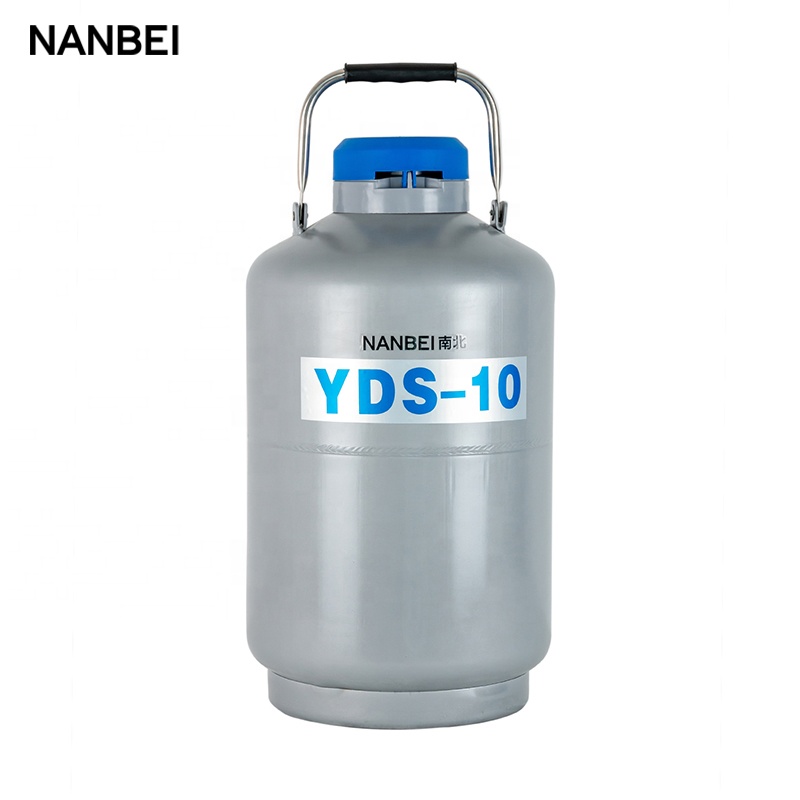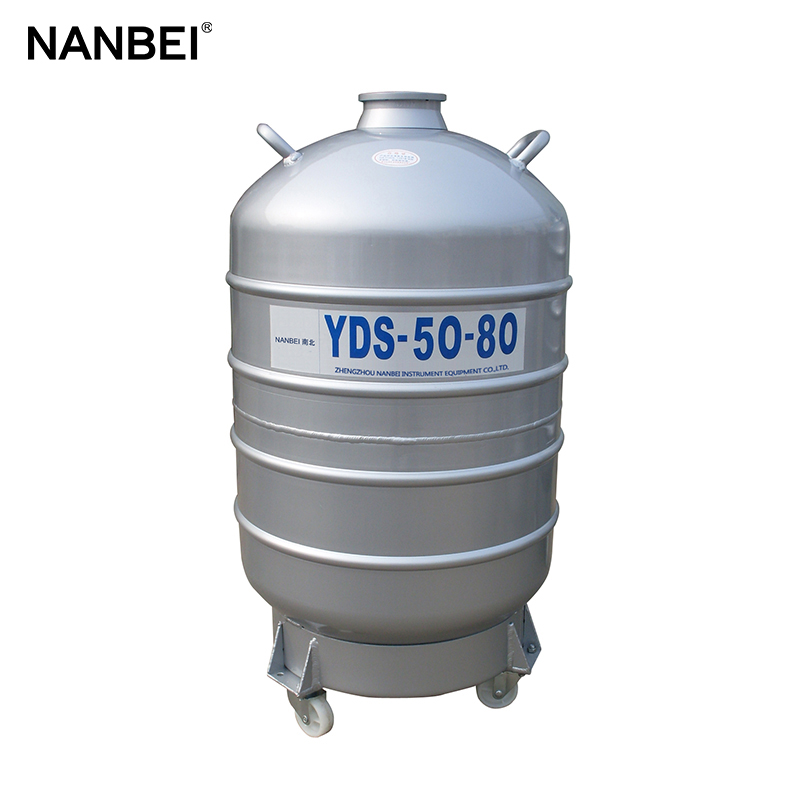-
 +8615890668062
+8615890668062
-
 bella@nanbei-china.com
bella@nanbei-china.com
 Mobile:+86 15890068607
Mobile:+86 15890068607
The liquid nitrogen tank is a low-temperature container. The common classifications are storage liquid nitrogen tank and transport-type liquid nitrogen tank for indoor and outdoor long-distance transportation. What should we pay attention to during daily use?

Tips for using liquid nitrogen biological container:
1. Prevent frostbite
The low temperature of liquid nitrogen is only -196 degrees Celsius, and the temperature difference is relatively large, which is prone to violent boiling and spraying, so try to avoid frostbite during operation.
2. Reduce evaporation
Liquid nitrogen is liquid nitrogen formed by oxygen in the air at high pressure and low temperature, and it is volatile at room temperature, so the thermal insulation performance of storage liquid nitrogen tank should be very good to maintain a low temperature state. In daily use, avoid high temperature and sunlight, and store it in a cool and ventilated place.
3. Liquid nitrogen vaporization
Liquid nitrogen vaporization has huge expansion, so the neck plug on the liquid nitrogen container is strictly prohibited from being sealed too tightly to prevent the internal pressure of the container from being too large and splashing.

4. Observation
The transport-type liquid nitrogen tank is made of aluminum alloy inner and outer tank material, and the interlayer is in a vacuum state to prevent external heat from entering the inner cavity. Before use, check whether the inner and outer gallbladder is defective, and whether there is dryness or foreign matter inside. After the container is filled with liquid nitrogen,observe it for 24 hours to check whether there is frost on the outside before it can be used safely.
5. Filler
The liquid nitrogen tank can only be filled with liquid nitrogen, and other liquids are not permitted, so as to prevent accidents caused by the reaction of flammable materials on the structure of the container itself.
6. Cleaning
The large-diameter liquid nitrogen tank needs to be cleaned 1-2 times a year to prevent stagnant water, semen contamination, and the proliferation of miscellaneous bacteria that cause the tank wall to corrode.

Previous: No Information